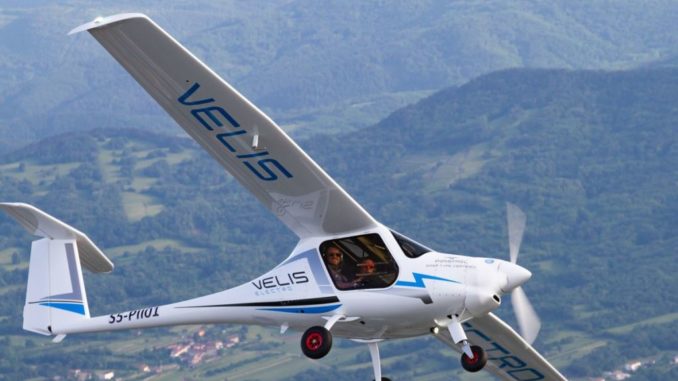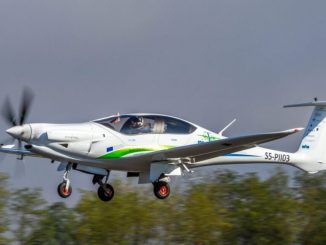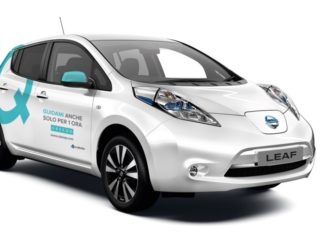
The European Union Aviation Safety Agency (EASA) has issued the first worldwide Type Certificate for an electric aircraft to Slovenian Pipistrel.
The news comes from Cologne, Germany, home of EASA, the European Union Aviation Safety Agency.
The two-seater Velis has been certified to operate daytime vision flight and is the result of twelve years of experiments, development and tests.
The liquid cooled motor delivers 57.6 kW and is powered by a 345 VDC system. The batteries, connected in parallel, have a capacity of 24.8 kWh and recharge a SAE AE-7D connector; the resistance factors allowed to overcome the EASA requirements of resistance to fire and flight operations in extreme climates. Both the engine and the batteries were developed itself by Pipistrel.
The noise level of the Velis does not exceed 60 dBa, a feature that places it at the top of the reference parameters for operating in highly urbanized areas or with environmental limitations.
The typical use will be at the flight schools and the French and Swiss civil aviation authorities have already shown their agreement to this type of employment, so much so that the Federal Office for Civil Aviation (FOCA) has already authorized the start of the first type rating course (Type Rating) at a Swiss flight school.
Patrick Ky, EASA Executive Director, said:
This is the first electric aircraft that EASA has certified, but it will certainly not be the last, considering that the aviation industry is continuously developing new technologies to reduce noise and emissions and to increase the sustainability of aviation.
Pipistrel is also involved in the EU-funded UNIFIER19 project to develop a 19-seater aircraft with near-zero emissions that can connect, through demand flights, small airports located in geographical areas not served by scheduled flights or other means fast shipping. The project envisages the use of hydrogen-related technologies, the development of which is teamed by the Department of Aerospace Sciences and Technologies of the Milan Polytechnic, together with the Technological University of Delft (Nederland) and the University of Maribor (Slovenia).
At following you can see the video
#Luca Paolo Salvatori #TheEMNteam




Be the first to comment